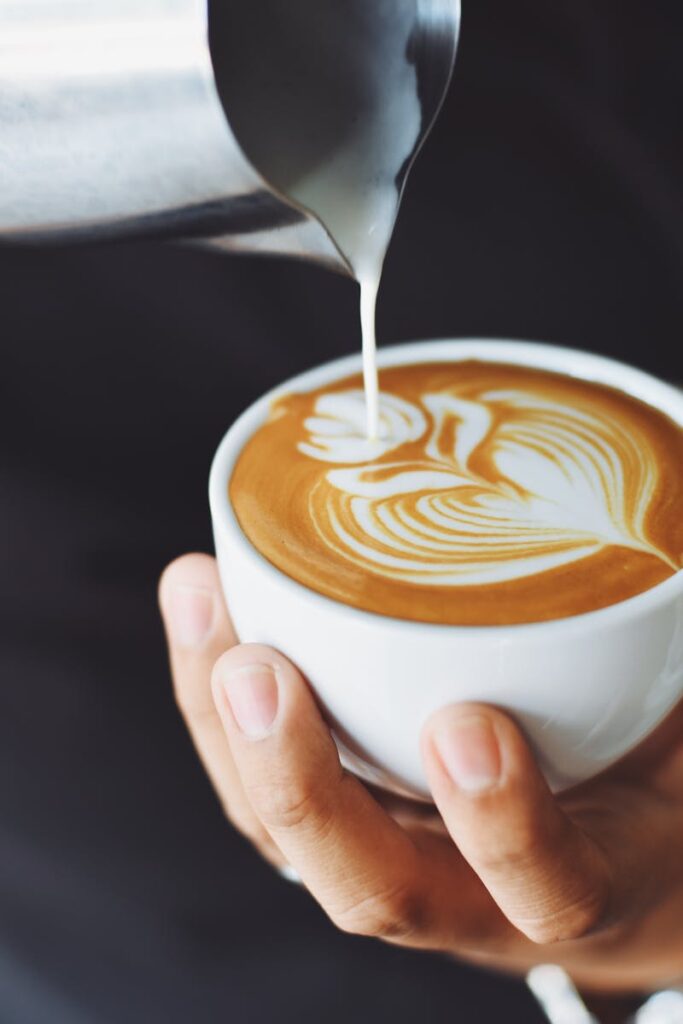our special coffee
Sure! Here’s a 600-word article on , covering its history, types, health effects, and cultural significance:
The World of Coffee: A Brew That Connects Cultures
is more than just a morning ritual or an afternoon pick-me-up — it’s a global phenomenon that has shaped cultures, fueled creativity, and brought people together for centuries. Whether sipped slowly in a quiet café or gulped down during a busy commute, holds a unique place in the hearts of millions around the world.
A Brief History of Coffee
The origins of trace back to the 9th century in Ethiopia. According to legend, a goat herder named Kaldi noticed that his goats became unusually energetic after eating the berries of a certain tree. Curious, Kaldi tried the berries himself and felt a newfound alertness. News of the energizing fruit spread, and by the 15th century, was being cultivated and traded in Yemen.
Coffeehouses, known as qahveh khaneh, emerged in the Middle East as centers for conversation, music, and intellectual exchange. By the 17th century, had made its way to Europe, where it quickly gained popularity. Coffeehouses began appearing in major cities like London, Paris, and Vienna, becoming known as “penny universities” due to the intellectual discussions they fostered for the price of a cup.
Types of Coffee Beans
There are over 100 species of , but two dominate the global market: Arabica and Robusta.
Arabica: Known for its smooth, complex flavor and lower caffeine content, Arabica beans are grown at higher altitudes in cooler climates. They make up about 60-70% of the world’s production.
Robusta: More bitter and higher in caffeine, Robusta beans are heartier and easier to grow. They’re often used in instant and espresso blends for their strong flavor and crema-producing ability.
Brewing Methods and Coffee Culture
can be prepared in countless ways, each bringing out different flavors and aromas:
Espresso: A concentrated form of brewed by forcing hot water through finely-ground beans. It’s the base for drinks like lattes, cappuccinos, and macchiatos.
French Press: A manual brewing method that involves steeping coarse grounds in hot water, then pressing a plunger to separate the grounds from the liquid.
Pour Over: Involves slowly pouring hot water over grounds in a filter, allowing for precise control over flavor and strength.
Cold Brew: Made by steeping grounds in cold water for 12–24 hours, resulting in a smoother, less acidic drink.
Different cultures have unique traditions surrounding coffee. In Italy, an espresso at the bar is a quick, social activity. In Sweden, fika — a break with pastries — is a cherished daily ritual. In Ethiopia, the ceremony is a symbol of hospitality and community, often lasting several hours.
Health Effects of
Moderate consumption has been linked to several health benefits. It contains antioxidants and essential nutrients like B vitamins, potassium, and magnesium. Studies suggest that may reduce the risk of conditions like Parkinson’s disease, type 2 diabetes, and certain types of cancer.
However, excessive consumption — especially of high-caffeine or sugar-laden coffee drinks — can lead to negative effects like insomnia, anxiety, or digestive issues. As with many things, moderation is key.
Conclusion
Coffee is far more than a beverage — it’s a cultural connector, an art form, and a source of comfort and inspiration. From the highlands of Ethiopia to the bustling streets of New York, it continues to evolve while maintaining its role as a daily companion for billions. Whether you’re a casual drinker or a dedicated enthusiast, offers a rich world to explore — one cup at a time.
Let me know if you’d like a version tailored for a blog, school assignment, or another format.
